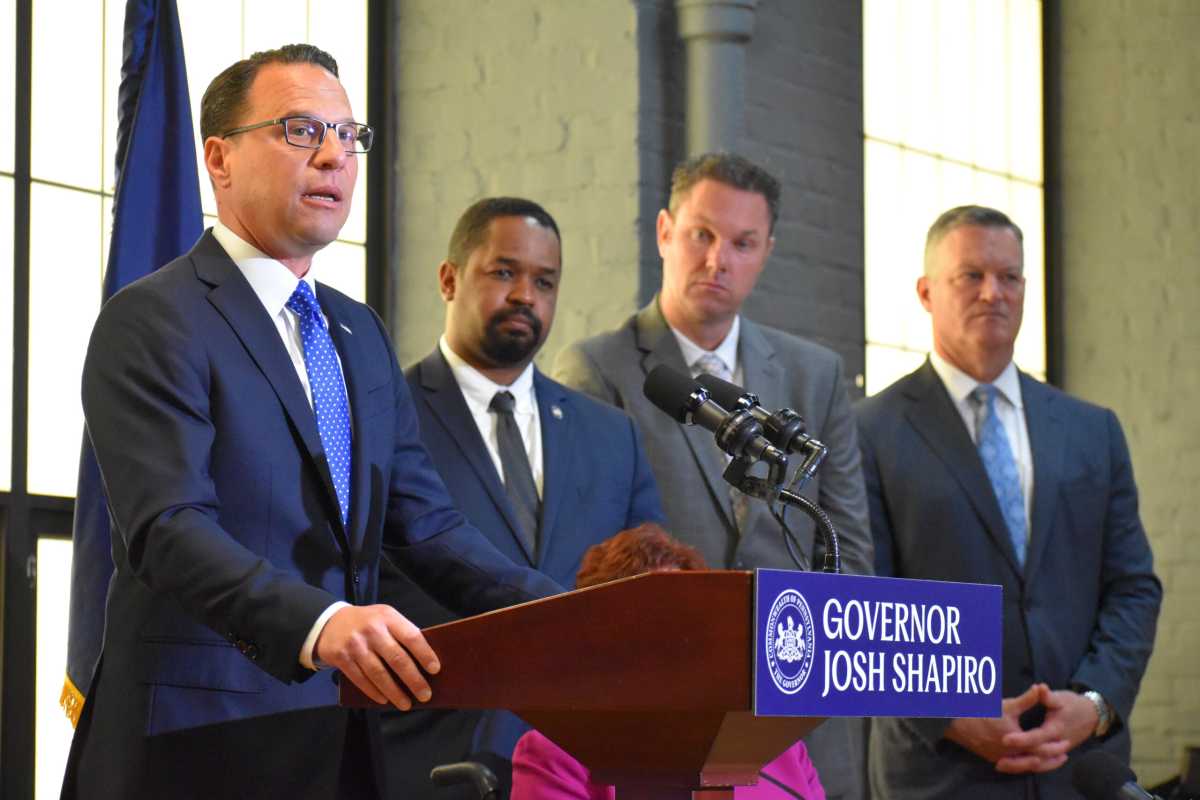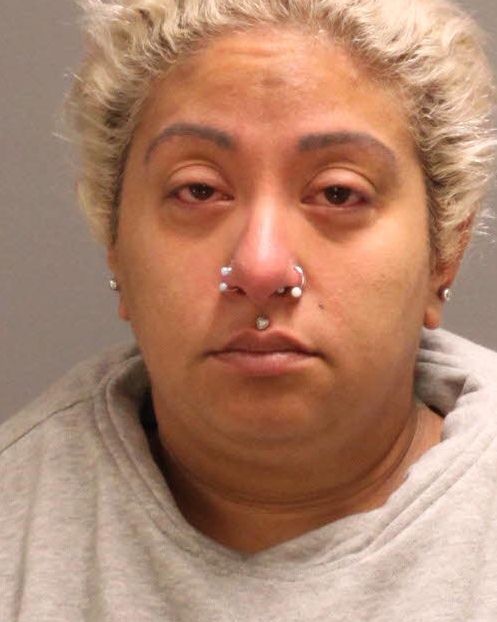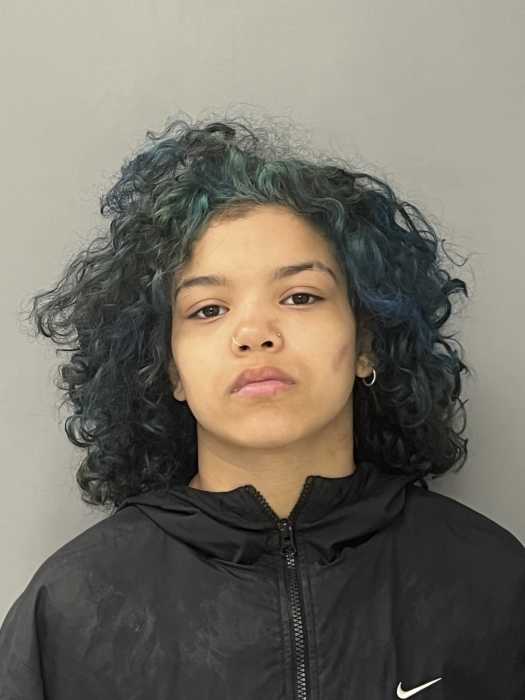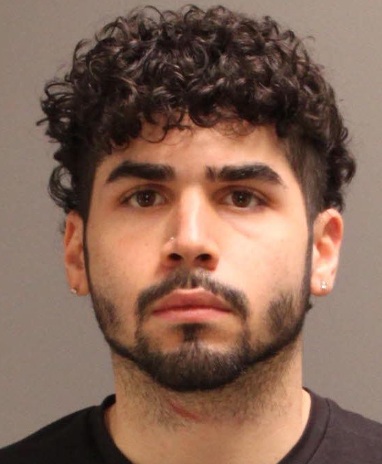Xylazine, an animal sedative that, combined with fentanyl, has contributed to rising numbers of fatal overdoses in Philadelphia, will be designated as a controlled substance, Gov. Josh Shapiro said Tuesday.
Classifying the drug, also known as “tranq,” as a schedule III narcotic will allow law enforcement to more easily arrest and charge dealers, Shapiro said, and it will require manufacturers and veterinary practitioners to implement more stringent tracking and security protocols.
His executive action, which will temporarily add xylazine to the controlled substances list, comes a week after federal officials declared the drug as an “emerging threat,” which could open up more funding to combat its spread.
“We need to bring enforcement, prevention and treatment together in order to tackle this crisis,” Shapiro told a crowd of lawmakers, community leaders and reporters Tuesday at an announcement at Impact Services in Kensington. “Drug addiction is a disease, not a crime, and we need to treat it that way.”
Veterinarians, who use xylazine to relax horses, cows and other cattle, should still be able to obtain the drug without issue, Shapiro added.
The governor said his administration would also add nitazines, a category of synthetic opioids connected to a handful of deaths statewide, as a schedule I narcotic.
Both notices will go out Saturday, and the drugs will likely be formally scheduled in May, which is when enforcement could kick in, state officials said.
“Our officers are working endlessly to combat the opioid epidemic and drug related crimes in Kensington,” Deputy Police Commissioner John Stanford said at Tuesday’s news conference. “However, xylazine has presented a unique challenge to our department because it’s not a controlled substance.”
Jane Roh, a spokesperson for the District Attorney’s Office, told Metro that not much will change for law enforcement since xylazine is usually found alongside drugs that are already illegal. The only difference would be if someone was apprehended distributing pure xylazine, she said.
In Philadelphia, the substance, approved for animal use in the 1970s, is most often mixed with fentanyl, which has overtaken heroin in the city’s illicit opioid market in recent years.
Xylazine is known to cause painful skin wounds that can become infected, and, unlike fentanyl, which can be tested for, there is no way for drug users to determine whether it is present.
Health officials said xylazine does not respond to naloxone, the opioid overdose reversal medication; however, they advised people to still use naloxone in the event of an overdose, as the substance was likely mixed with an opioid.
A Philadelphia Department of Public Health alert issued in December said xylazine was present in 90% of opioid samples collected from the street in 2021, the year the city recorded its highest ever overdose death toll.
Of the 1,276 people who died of unintentional overdoses that year—the most recent for which data is available—xylazine was found 34% of the time, according to a health department report.
Though first found in the city’s drug supply as far back as 2006, Shapiro said the sedative was not detected in Pennsylvania overdoses outside of Philadelphia until 2017.
Now, the drug has been connected to fatalities in more than 30 counties, and xylazine-related overdose deaths have skyrocketed statewide from 90 in 2017 to 575 in 2021, according to the governor’s office.
“This decision is the right decision, and it will save the lives of countless Pennsylvanians,” said state Sen. Christine Tartaglione, who represents Kensington and parts of the lower Northeast.






























